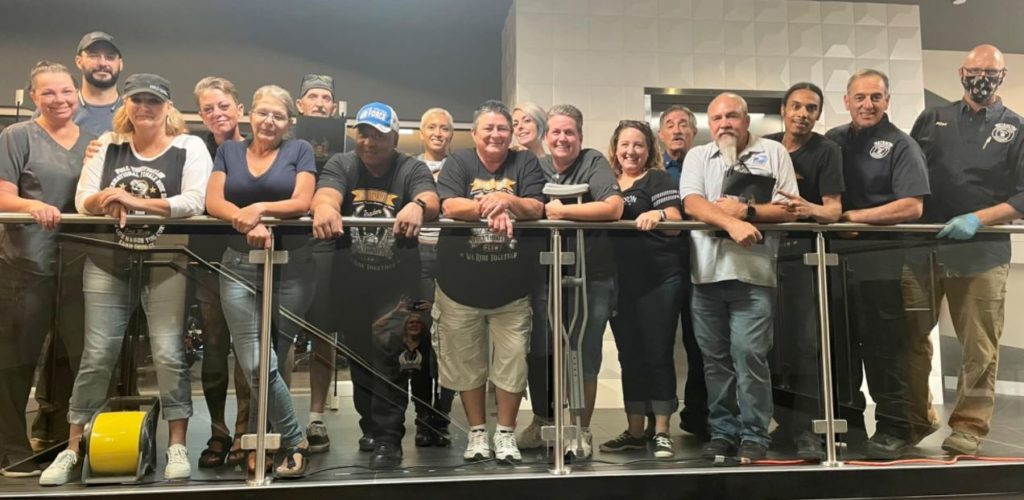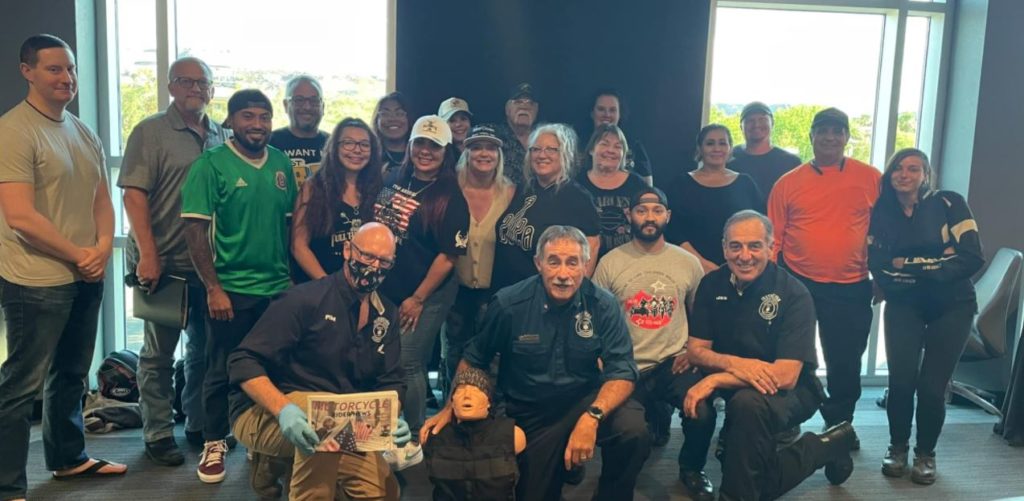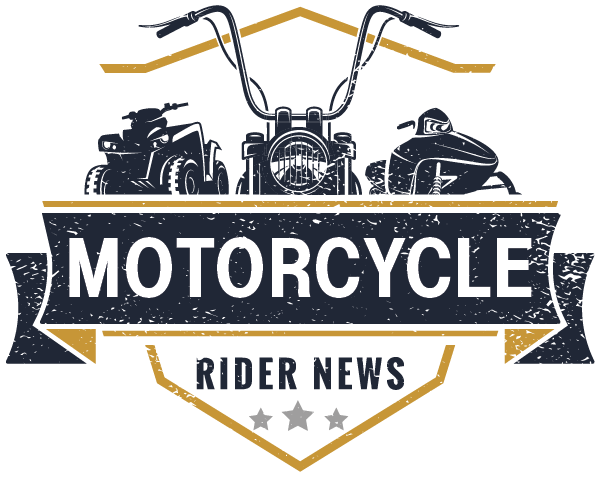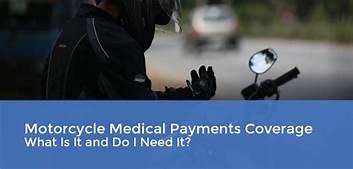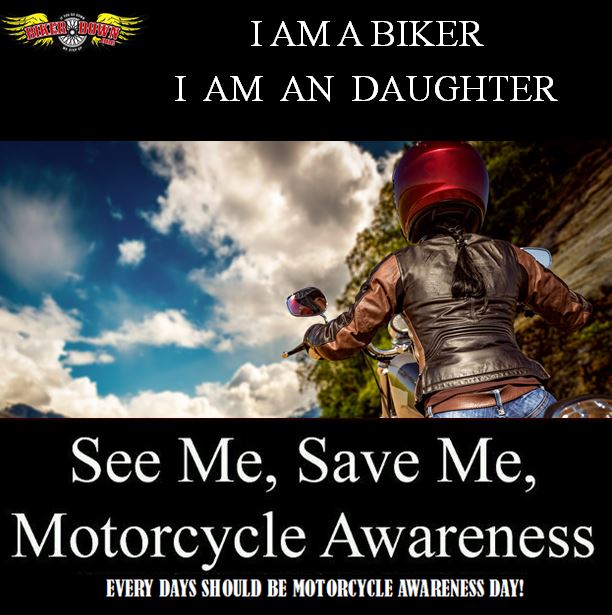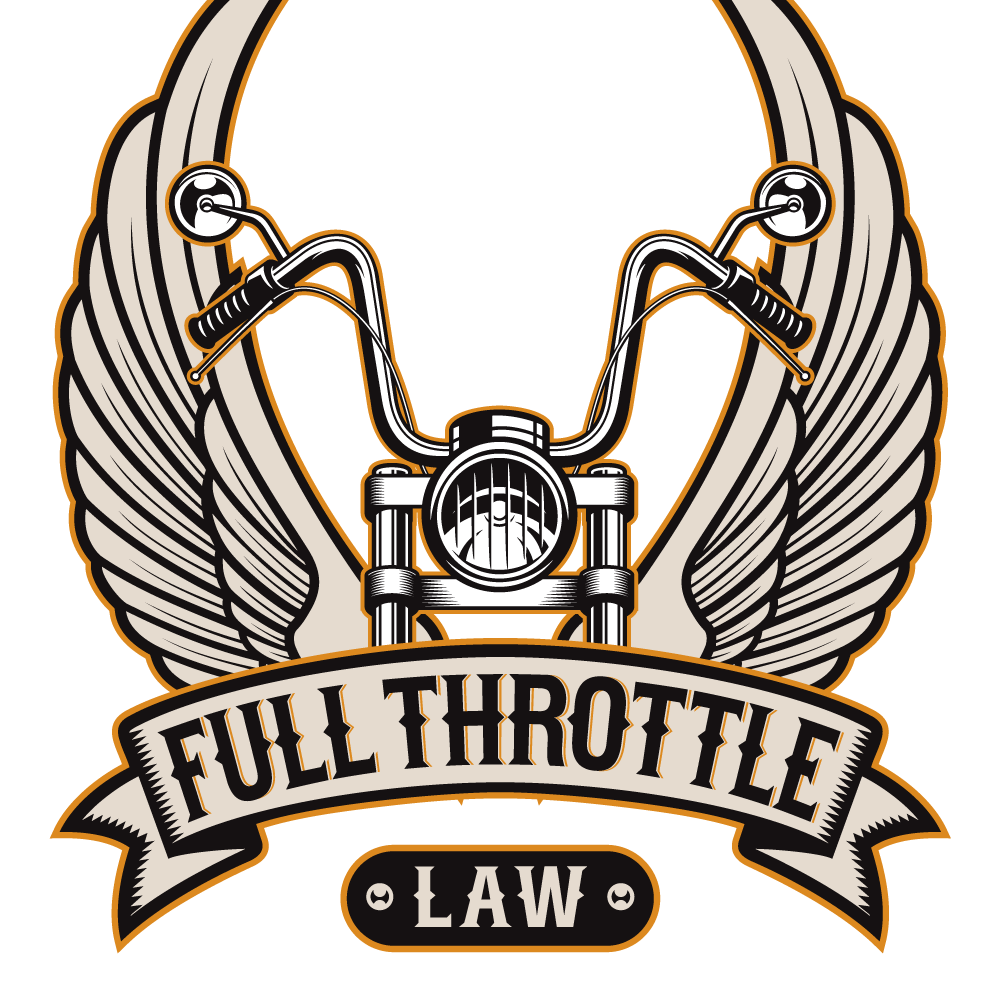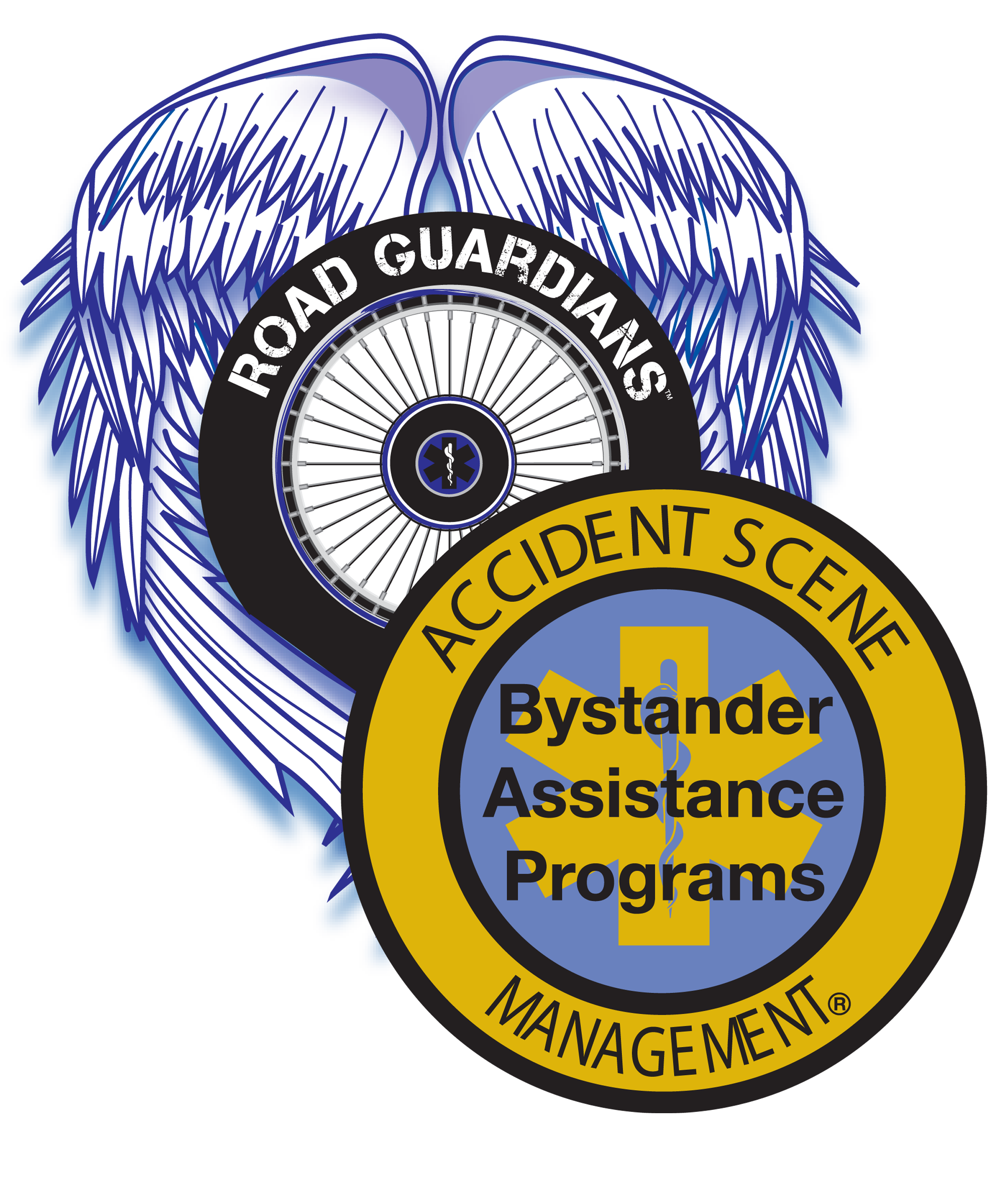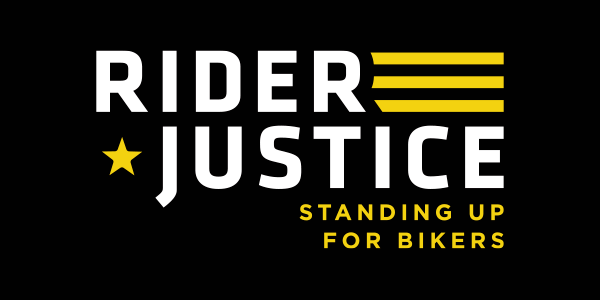The Mission of BikerDown Las Vegas has always been to help injured riders after an accident with their recovery through many of the services we provide, such as financial strategy, fundraising, medical equipment, and many more.
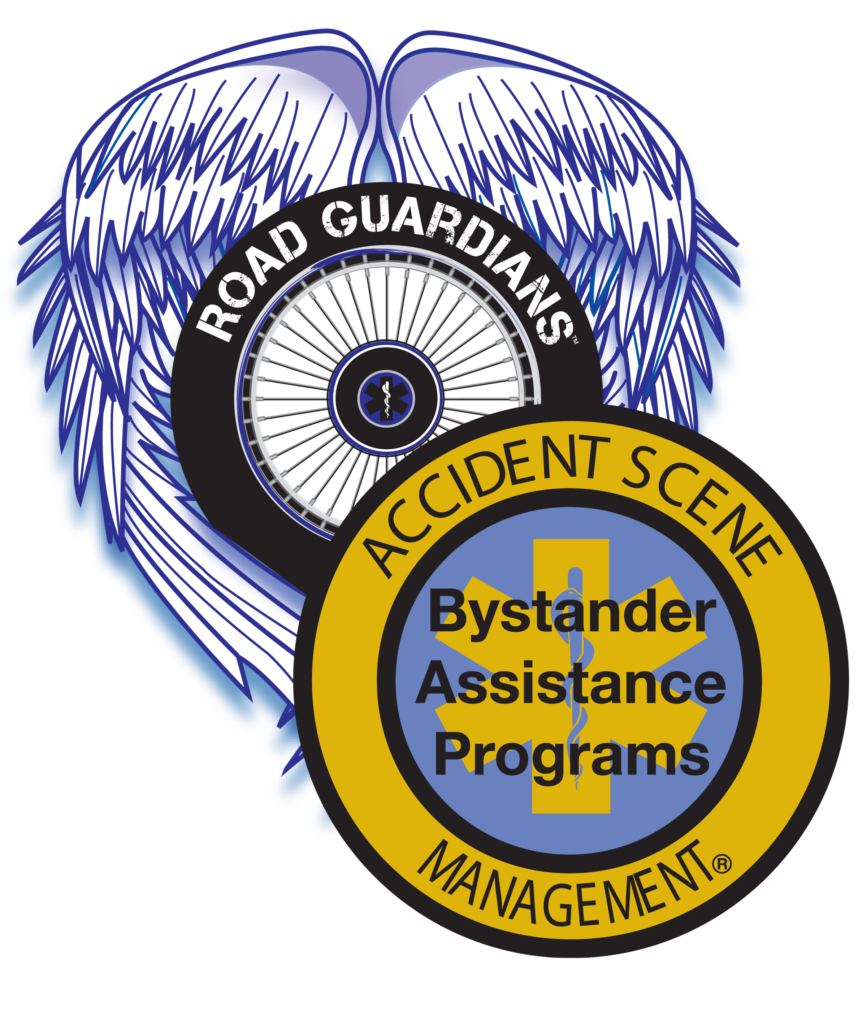
Our 2021 motorcycle awareness campaign closes the door on Look Twice Save a Life. This tagline has been overused in the motorcycle community for years. Why, you ask? Because drivers aren’t listening to that message anymore and are still driving distracted. Statistics in Las Vegas show that motorcycle accidents and fatalities are up 37% from last year, and 2020 was a pandemic year where more riders were on the road for more extended periods. For 2021 to exceed the data gathered in 2020 just shows an epidemic in the Las Vegas community.
BikerDown Las Vegas, with the help of sponsors such as Full Throttle Law, is working on bringing additional training to riders who may be on a ride where someone goes down, or you come upon an accident, especially as many gear up to head to Sturgis for the 81st rally.
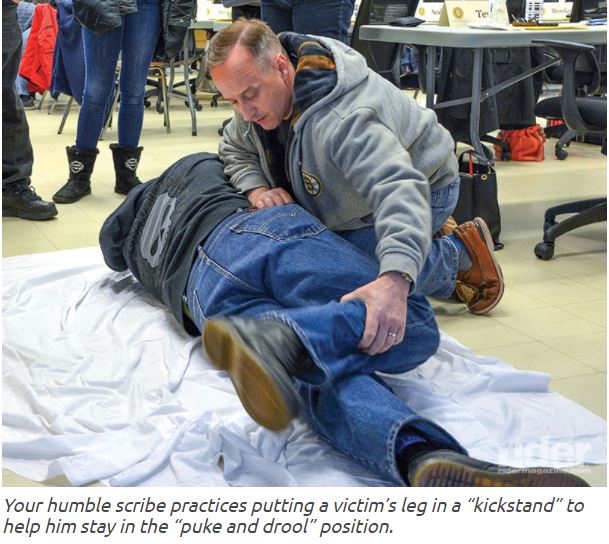
Accident Scene Management Classes
The weekend of July 31st through August 1st, BikerDown Las Vegas hosted another set of basic class entitled Crash Course for The Motorcyclist with the assistance of Full Throttle Law. This renowned class was created by Vicki Sanfelipo, founder of Road Guardian.org. Accident Scene Management, Inc. (ASM) is a non-profit 501(c)3 organization dedicated to reducing injuries and fatalities to motorcyclists through first response education. It’s the only accredited, non-profit bystander program in the U.S. In “A Crash Course for the Motorcyclist,” you learn basic skills to address the first five to 20 minutes at an accident scene
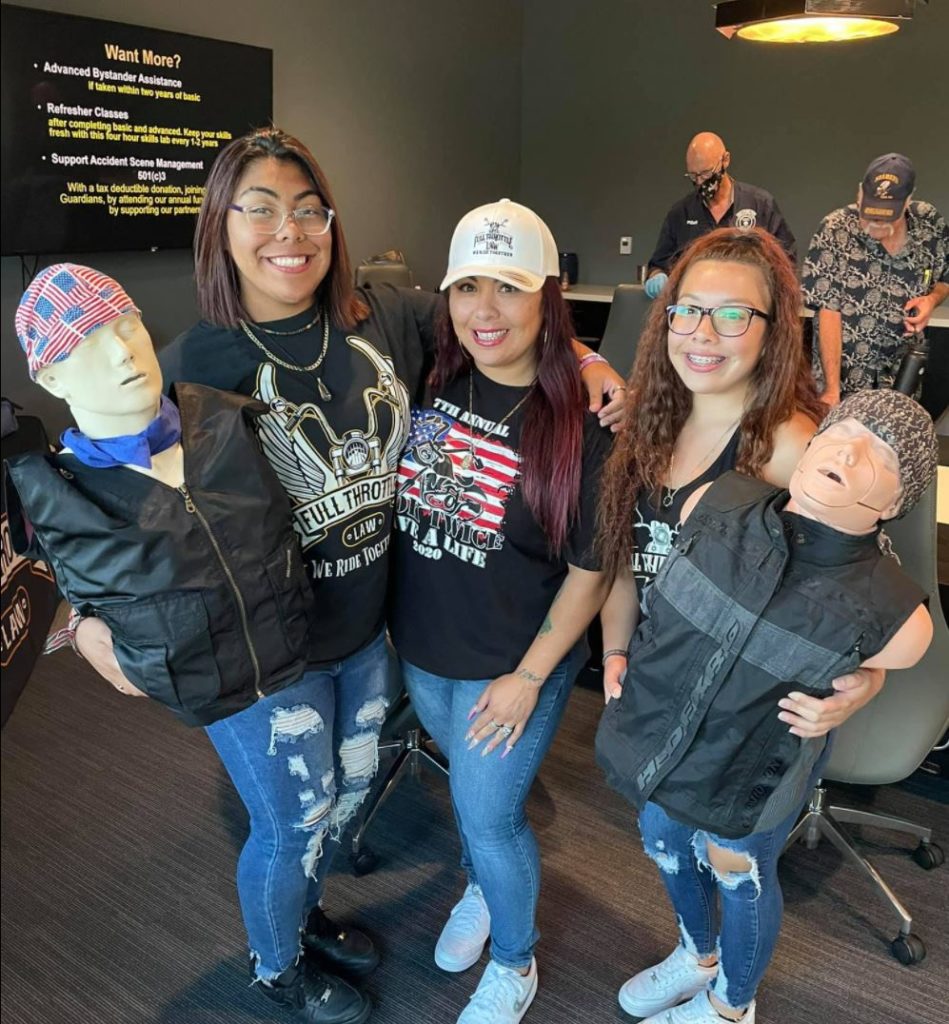
This is the 3rd set of classes BikerDown has hosted, and over 100 Las Vegas riders now have the basic skills to render aid if they come upon a motorcycle accident.
Riders are usually unsure about what they are signing up for when they register for this class. For over 10 years, BikerDown has been hosting these classes, and we have never had an attendee say anything negative regarding the curriculum. This weekend, we had trauma nurses, veteran field medics, retired firemen, and others who came with medical care experience.
All of them participated in the class with some great suggestions, and it stuns me every time I attend the class that a new question or comment rises to the surface.
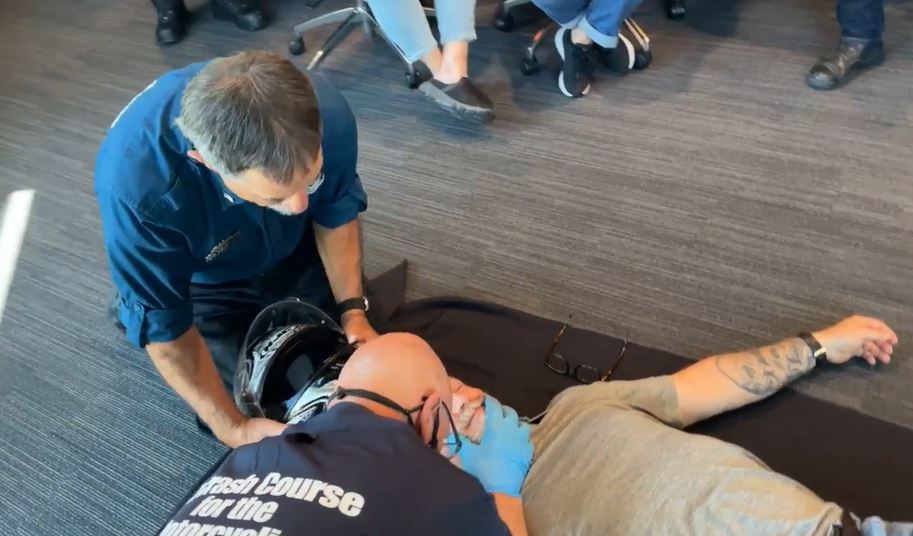
What type of skills did the riders learn?
For discussion, assume an accident involved members of your riding group. Who’d be first on the scene? Probably you. In effect, you’d be a first responder. But even if you’re not a professional first responder, like a paramedic or Emergency Medical Technician (EMT), you could prevent further injury, set the Emergency Medical System (EMS) in motion, and help treat the injured until professional help arrives. With the proper training, you could do this.
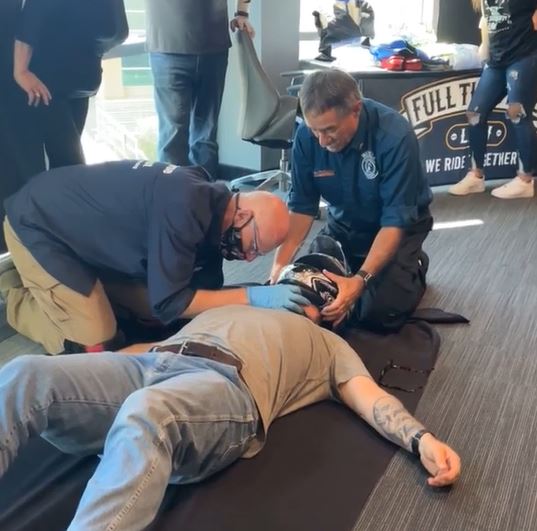
These aren’t motorcycle safety courses. They’re not about preventing injuries (except to yourself as a rescuer). Although students do learn ways to treat and stabilize victims, they’re not first aid courses until professional help arrives. Rather, through classroom instruction and hands-on exercises, I learned what to do at an accident scene. The overall approach is easy to remember, using the acronym PACT:
P = Prevent further injury
A = Assess the situation
C = Call the EMS
T = Treat the injured
We learned that preventing further injury could be as simple as keeping space open for emergency vehicles. It could involve alerting motorists and directing traffic clear of the injured. It could require moving an injured rider away from a bike that’s on top of them, on fire, or at risk of igniting or leaking hazardous fluids.
Next, we learned to assess the situation. Where are you? What’s happening? How many people are involved? How severe are the injuries? What types of vehicles are involved? How many?
Instructor Allan Cruet and Jesse Leanos, who are EMS and motorcyclists, discussed the all-important 911 call. “The EMS dispatcher will want the information that you’ve been collecting in your assessment, which helps determine what personnel and equipment to send, whether mutual aid is required, and more.” Jesse emphasized that you should never end a 911 call; let the dispatcher end the call.
They also discussed the importance of calming an accident victim until professional help arrives. “Stay with them and talk to them. Tell them your name and ask them theirs. Reassure them that you’re there to help. Make conversation that also provides information. Can you move your leg, OK? When was the last time you had something to eat or drink? Do you have any allergies? Are you taking any medications? Is there someone we can notify?” It helps to have someone write down the answers so first responders can evaluate how a victim’s condition may have changed.
When professional emergency responders do arrive, don’t leave. “They need information you have,” said Jesse. “You also may help move victims or keep onlookers at a distance. EMS pros appreciate the help that a knowledgeable bystander can provide. If you’re certified in bystander assistance, you can do more to help than just get out of the way.”
For me, the most valuable course components were the hands-on exercises. We learned and practiced the proper technique for removing a full-face helmet from a victim. Maybe you thought the rule was “never remove a helmet,” but there’s an exception: when a victim is not breathing, and the helmet obstructs breathing assistance. Someone who’s not breathing will soon die, so knowing how to remove their helmet quickly while minimizing spinal cord movement could save their life. The instructors also answered inquiries about the Good Samaritan Law and asked if they are protected if they render aid to an injured rider.
BikerDown Las Vegas and Full Throttle Law will be hosting another set of classes closer to the end of the year and will include an advanced class, a more intensive interactive class.
